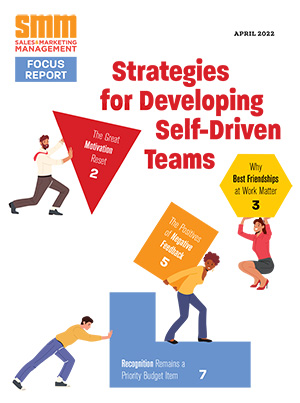 Wise bosses
Wise bosses
Wisdom sounds like a fancy word, but the way I use it is pretty simple, thanks to psychologists John Meacham and Karl Weick. Wise bosses are devoted to knowing what they don’t know. They act boldly on facts they have right now, but search for signs they are wrong — seeking a healthy balance between courage and humility. The best bosses dance on the edge of overconfidence, but a healthy dose of self-doubt and humility saves them from turning arrogant and pigheaded.
Know the customer
A boss needs to develop both technical knowledge and empathy. Although every boss knows better, it amazes me how ignorant many are about what it feels like to be one of their customers. When bosses make concerted efforts to understand what it feels like to be a customer, it makes gaps between knowledge and action vivid and helps them identify more effective repairs.
Link talk and action
The “smart-talk trap” happens when bosses and their people know what needs to be done and keep talking about it, writing about it, studying it — yet all that blabbering becomes an end in itself rather than a stepping stone to action. I asked Pixar’s two-time Academy Award-winner Brad Bird: What kind of people are especially poisonous to innovation? He answered: “People who talk quality but don’t put it in their own work. You know, I don’t mind somebody who’s green if they’re engaged, because I know they’re on the hunt. But there are people who know the buzzwords of quality people, but don’t actually walk the walk.”
Management vs. leadership is a slippery slope
There is a difference between management and leadership, but focusing on it is dangerous. Yes, leadership is about things like taking a long-term perspective, vision, setting a strategy; and yes, management is about operations, details, implementation, and the little things required to keep a team or an organization moving forward. This distinction is accurate, but dangerous because it distorts how too many bosses view and do their work. It encourages bosses to see generating big and vague ideas as the important part of their jobs — and to treat implementation, or pesky details of any kind, as mere “management work” best done by “the little people.” I am all for big ideas, visions and dreams. But the best bosses do more than think big thoughts. They have a deep understanding of their industries, organizations and teams, the people they lead, as well as other mundane things. The ability to go back and forth between the little details and the big picture is evident in the leaders I admire most.
Embrace the mess
The best bosses strive to simplify things for themselves, their people, and their customers. Simplicity, clarity and repeatable steps can reduce the burdens on people, promote performance, and save money. Yet there is a hazard to this quest: people start believing that every challenge has a clear and simple solution. It is impossible to be a leader without facing stretches where you and your followers are overwhelmed with the complexity and uncertainty of it all. When this happens, to maintain everyone’s spirits, keep them moving forward, and to sustain collective stamina, sometimes it is best to embrace the mess — at least for a while .
Excerpts from “Good Boss, Bad Boss: How to Be the Best and Learn from the Worst” (Business Plus, 2010). Robert Sutton blogs at BobSutton.typepad.com.


